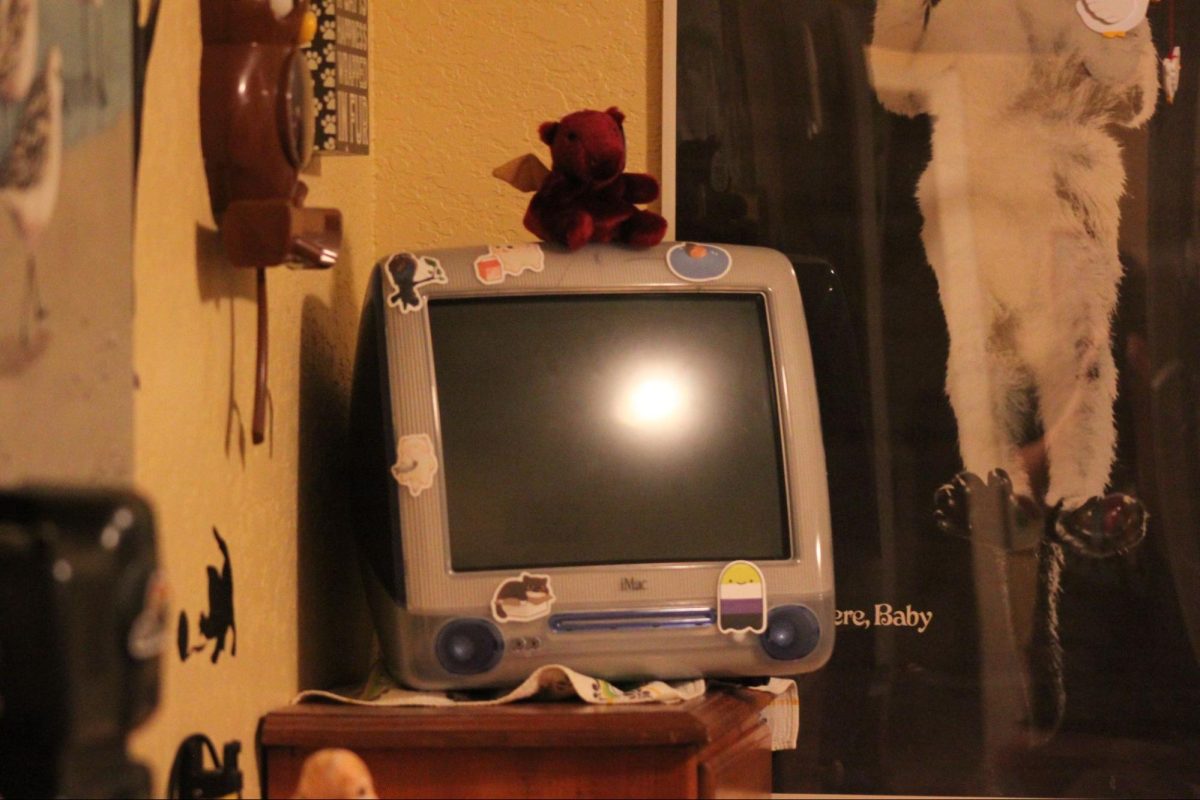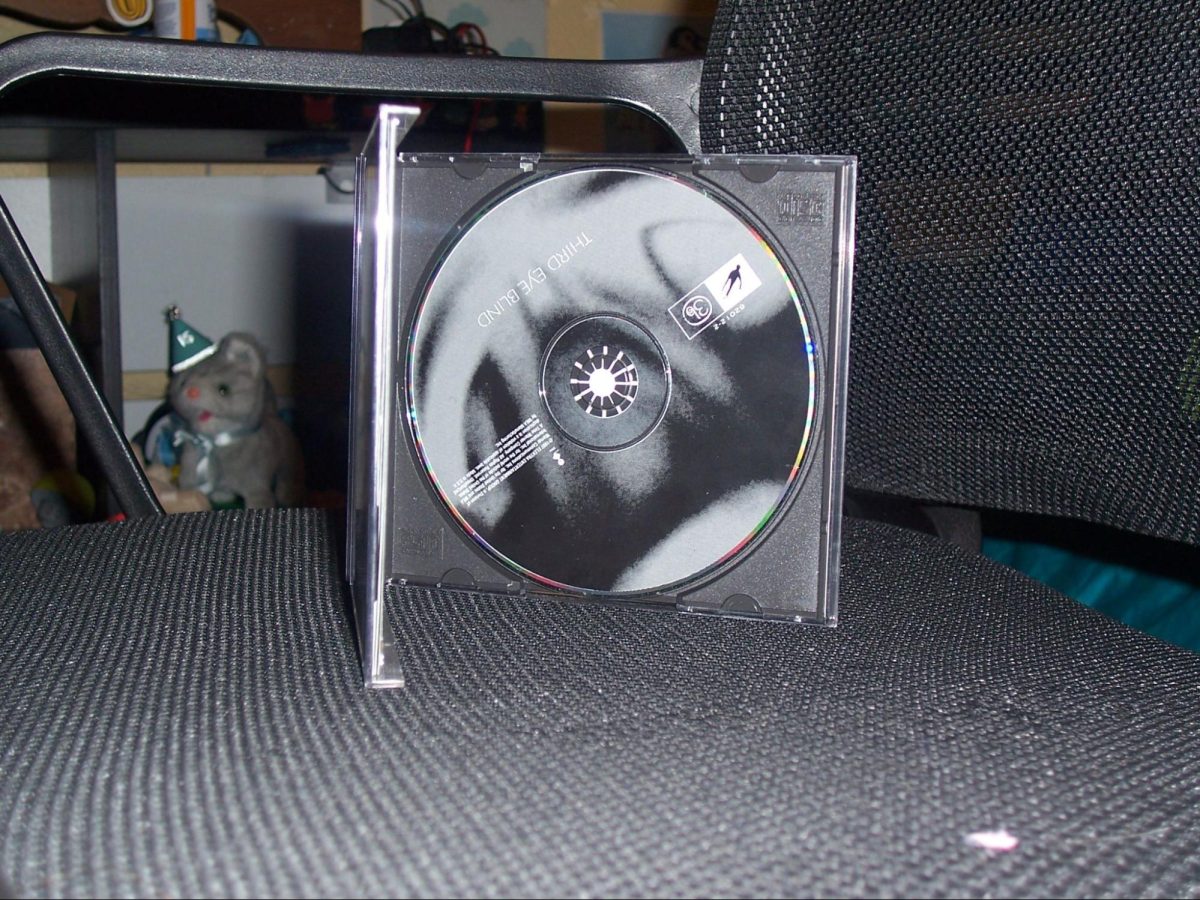As we all know, the streaming industry sucks at paying artists. There’s no point in me debating whether streaming services should pay their artists more, as it’s painfully obvious that artists aren’t getting a sustainable living from the meager royalties they’re provided with. British songwriter Nadine Shah is a prominent example of this as the crumbs of profit these streaming services tossed to her left her “financially crippled” during the pandemic, forcing her to move back in with her parents as a result. But Nadine isn’t the only one with a hole in her wallet. According to the New York Times, only 39% of the professional musicians on Spotify earn $1000 from releasing music, leaving the remaining 61% of musicians like Nadine to rot. With the prevalence of streaming services in the music industry nowadays (after all, it’s not like anyone’s listening to the newest hits on cassette), musicians like Nadine need more revenue from streaming services to keep themselves afloat; the question is, how do you change a system that prioritizes artists but also maintains profitability?
The Pro-Rata model is the payment system that popular streaming platforms like Spotify and Apple Music have prioritized. While it doesn’t have anything to do with rats, it does take all of the user’s subscription money and puts it towards a single pot, where it would be split amongst the artists based on the amount their music is streamed. Duke University, in their article titled “How Should Music Streaming Services Pay Artists?” sums it up like this: “If Taylor Swift gets five percent of the total streams in a given month, she will get five percent of the total amount of money allocated to content providers in that month.” This sounds good on paper, but on Google Docs, the model is clearly flawed. The emphasis on streaming numbers means that big artists would gain the majority of the revenue pie while smaller artists would be left in the dust. Lucian Graine, CEO of Universal Music Group, also mentions the issue of artists cheating the system by releasing lower-quality songs to gain more profit (Not to mention how easy it would be to churn out tunes with AI). This problem of quantity over quality drowns out niche genres and decreases the sustainability of music as a career.
Now that we know that the pro rata system is flawed, what could be done to fix it? A proposed solution to the underpayment of musicians is a User-Based model, where instead of putting all of the money from users into a single pot, the royalties are based on what the user listens to. Forbes puts it like this: “If you listen to 70 hours of John Coltrane and 30 hours of Bruce Springsteen in a given month, John Coltrane receives 70% of your fees, and Bruce Springsteen receives 30%”. This could be a step in the right direction as it would curtail the sea of profit-driven songs, as royalties are based on what individual users listen to. Not only that, it would shift the royalty distribution away from popular genres and give more to niche genres like classical, jazz, metal, blues, etc (Sorry Taylor Swift, you won’t be able to afford another private jet). A chance to support the artists you listen to regularly AND stop trash songs from entering your music rotation? It’s a no-brainer.
But alas, it isn’t that simple. While switching to a user-centric system may seem beneficial, the amount they would pay to artists per month would change depending on the amount users listen to. This would convolute streaming services’ payment distributions as calculating the royalties for every single user’s fluctuating music lineup would need a lot of calculations, calculations require money, and streaming services HATE spending money. There would also be a heavier dependence on each user’s listening rotation as that’s where the bread is made; and if you’re not making up a huge percentage of that bakery, you ain’t getting bread. Not only that, but the money per stream would go down for the fervent listeners because royalties are based on their monthly subscription, basically meaning that dedicated music listeners would support their artists less than casual listeners. Overall, while the user-centric system is appealing, it is unstable and would cost artists more money in the long run.
So, that’s it? There’s no solution, and artists are condemned to live on the streets forever? Not quite. Remember the Pro-Rata system model that streaming services are using? Despite all of its flaws, it’s still a stable system that’s doing pretty well, the main issue is the amount of royalty each artist gets paid. To solve this problem, we can implement a small increase in pricing, increasing wages for artists significantly, without causing a major disruption to the system. Not only will this solve the issue of underpaying artists, it’ll also bring niche genres more cash flow than they’re currently getting. According to First Floor, a newsletter about the electronic music industry, the music industry has increased in value while the prices they charge for it remain largely unchanged. By keeping their prices low, streaming services are only losing revenue for themselves and their artists (which is bad because streaming services love revenue). There is concrete evidence of the plan’s success as Apple Music raised its price from $9.99 to $10.99 in October 2022 and has managed to pay out 0.01 per stream while maintaining 101 million users. So what’s stopping us from spreading this change to other platforms like Spotify and Amazon Music?
To consumers, the topic around paying artists has often been diluted to “Should we pay artists more?” instead of “How can we pay artists more?” And honestly, I can’t blame them. The situation around the payment of artists is complicated and convoluted, with each method having its pros and cons. In the end, it’s impossible to come out with a solution that pleases everyone, which only makes raising subscription prices more important. Higher prices may not seem ideal to the average consumer, but it’s a change well overdue. It keeps smaller artists like Nadine Shah off the streets and promotes niche genres. It may not be perfect, but it’s a step in the right direction.








